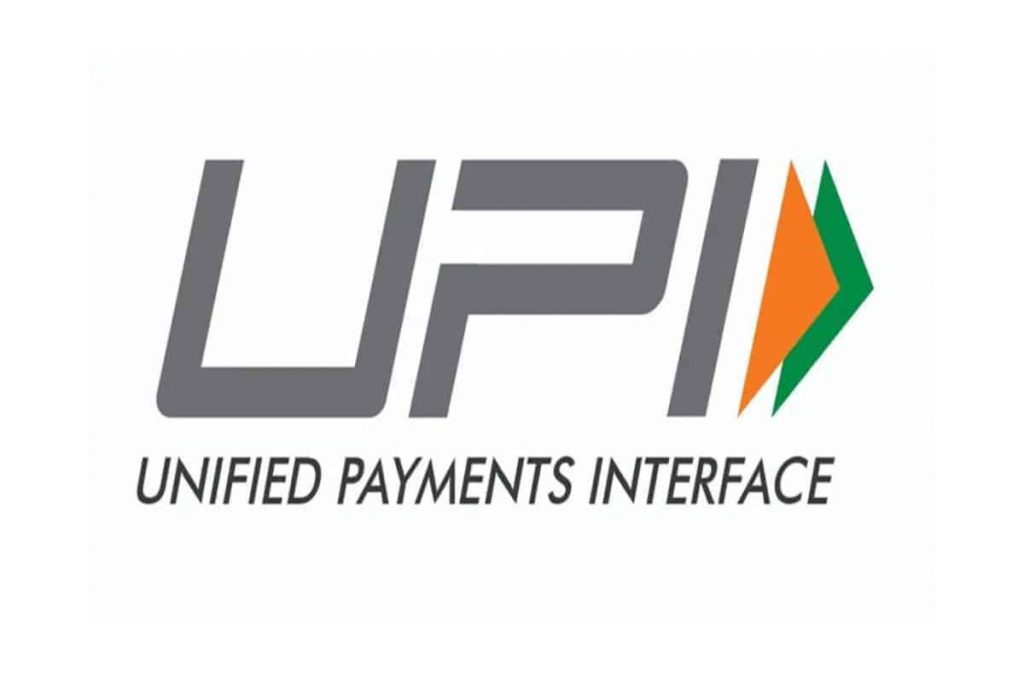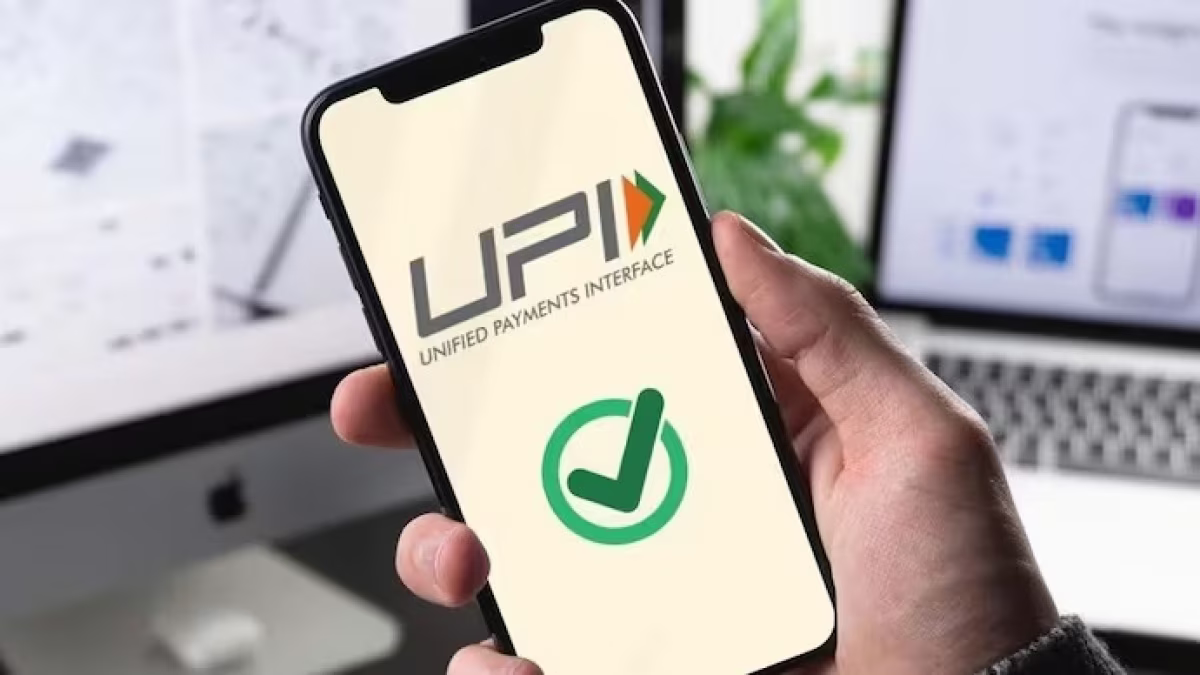In 2024, the digital payment ecosystem in India is set to undergo a major upheaval, particularly for users of the Unified Payments Interface (UPI). To improve the security and effectiveness of UPI transactions, the Reserve Bank of India (RBI) and the National Payments Corporation of India (NPCI) have made a number of improvements that will take effect on January 1, 2024. To help you make the most of this ground-breaking payment method, we’ll go over five significant developments that every UPI user needs to be aware of in this in-depth tutorial.

1. Deactivating Dormant/Inactive UPI IDs: A New Chapter in Security
The NPCI has ordered banks and well-known payment applications, such as PhonePe, Paytm, and Google Pay, to delete any UPI IDs that haven’t been used in more than a year in order to start the list. By avoiding unintentional financial transfers to unwanted receivers, this action seeks to improve security. When inactive UPI IDs are deactivated before December 31, 2023, the danger associated with old or hacked accounts is decreased since the procedure guarantees that the IDs are no longer accessible.
2. Expanding the UPI Transaction Limit: Giving Users More Capabilities
The RBI has significantly raised the UPI payment transaction limit in a ground-breaking move. Governor Shaktikanta Das declared a striking increase from Rs 1 lakh to Rs 5 lakh, stressing that the focus of this modification is on transactions pertaining to healthcare and education. The higher limit is a calculated attempt to entice customers to utilise UPI for bigger purchases, offering a more flexible and convenient payment option.
3. UPI for Secondary Market: Unveiling a Beta Phase
Introducing ‘UPI for Secondary Market,’ the NPCI has begun its Beta phase. With the help of this cutting-edge programme, a small number of pilot clients can freeze funds after transaction confirmation and settle payments through Clearing Corporations on a T1 basis. This advancement represents a big step forward in the development of UPI capabilities and is expected to simplify and speed up secondary market transactions.
Also Read: Introducing the top 10 Best Shopify Apps for Smooth Business Growth
4. QR Code Cash Withdrawal: Presenting India’s First UPI-ATM
NPCI and Hitachi Payment Services have introduced India’s first UPI-ATM, which allows users to withdraw cash by only scanning a QR code. This innovative project is a step towards a banking experience that is easier to use and more accessible. The RBI’s planned national rollout of UPI ATMs represents a shift towards a seamless integration of UPI into everyday financial activities.
5. Four-Hour Window for Enhanced Security: Increasing the Safety of UPI Transactions
A four-hour window has been suggested by RBI for users to initiate their initial payments to new receivers totaling more than Rs 2,000. By enabling users to change or reverse transactions within the allotted time, this technique provides an additional degree of security and control. UPI transactions become more secure and efficient with the implementation of this time-bound method, which is in line with the continuous efforts to protect digital financial transactions.
UPI Integration in Everyday Life
These modifications are not only technical enhancements as UPI develops; rather, they are a part of a revolutionary process that smoothly incorporates UPI into everyday life. While the deactivation of inactive UPI IDs guarantees a safe and clean user experience, the higher transaction limit accommodates a variety of financial demands. The intention to establish UPI as the cornerstone of India’s digital financial ecosystem is demonstrated by the rollout of UPI in secondary markets and the potential for UPI-ATMs.
Conclusion
In summary, the 2024 modifications are the result of a coordinated effort by the RBI and NPCI to improve security and increase the usefulness of UPI for its customers. The future of digital payments in India is bright and user-focused, with novel features like UPI-ATMs, increased transaction limits, and solutions for security concerns all being addressed.
Disclaimer: The information provided in this article is based on available sources and may not be 100% accurate.
